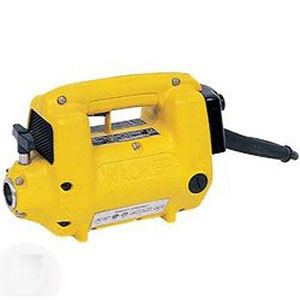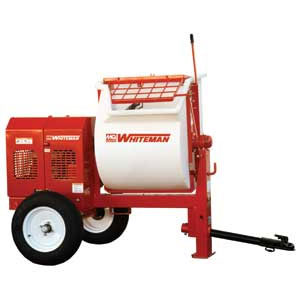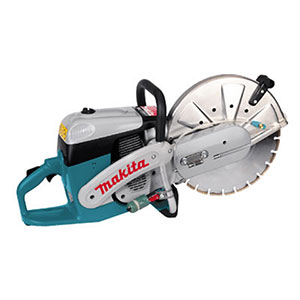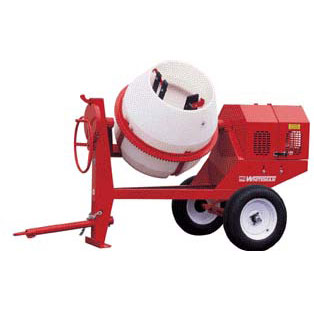Description
Technical Details
Concrete vibrators are ideally suited for on-site vibration of concrete for foundations, walls, columns and slab work; also for in- plant vibration during the production of pipes, slabs, beams, double Ts, columns and walls.
Right after placement, concrete contains up to 20% entrapped air. The amount varies according to the type of mix and its slump, the placement method, form size, and the amount of reinforcing steel used. Concrete vibration can improve the compressive strength of the concrete by about 3% to 5% for each percent of air removed. Vibration consolidates concrete in two stages: first by moving the concrete particles, then by removing entrapped air.
Vibration settles the concrete by subjecting the individual particles to a rapid succession of impulses, causing differential motion (each particle moving independently of the other). The particles consolidate as trapped air are forced to the surface, allowing the concrete to flow into corners, around rebar and flush against the form face. This eliminates voids (honeycombing) and brings paste to the surface to assist in finishing. Since concrete flows better with vibration, the mix can contain less water, thereby providing greater strength for the finished product. Until both vibration stages are complete, the concrete isn’t fully consolidated. If the vibrator is removed too soon, some of the smaller bubbles don’t have enough time to move to the surface.
Technical Details
Make: Wacker
Model: M1000





Reviews
There are no reviews yet.